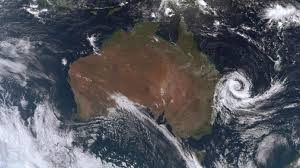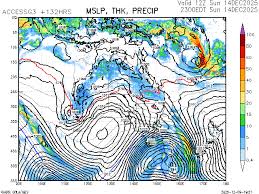Tropical Cyclone Alfred: Latest Updates and Impact in Australia

Introduction
Tropical Cyclone Alfred has emerged as a significant weather event in Australia this month, capturing the attention of both meteorologists and local residents. As tropical cyclones pose serious threats to communities, understanding the nature and impact of such phenomena is crucial. With the potential to cause extensive damage and disrupt daily life, the developments surrounding Cyclone Alfred are of utmost importance in the context of public safety and emergency preparedness.
Current Status of Tropical Cyclone Alfred
As of the latest reports from the Bureau of Meteorology, Tropical Cyclone Alfred was classified as a Category 2 cyclone, making landfall on the northern coast of Australia. The cyclone is expected to bring heavy rains, strong winds, and potential flooding, particularly in Queensland and the Northern Territory. Preliminary forecasts predict wind gusts reaching up to 150 km/h, along with significant rainfall accumulations exceeding 200 mm in vulnerable areas.
Impact on Local Communities
The affected regions are already bracing for the impact of Cyclone Alfred. Evacuation orders have been issued for several coastal communities, and emergency services are on high alert, ready to respond to any incidents that may arise. Residents are advised to secure their homes, stock up on essential supplies, and stay tuned to local news for real-time updates. Local businesses, particularly in tourism and agriculture, are also feeling the strain as potential disruptions could have lasting economic effects.
Safety Measures and Preparedness
Authorities across the impacted states are emphasizing the importance of preparedness in the face of Tropical Cyclone Alfred. Emergency kits including food, water, first aid supplies, and flashlights are essential for those in flood-prone areas. Moreover, the Queensland government is working closely with weather agencies to provide the public with timely information and guidance on safe evacuation routes.
Conclusion
The unfolding situation surrounding Tropical Cyclone Alfred underscores the need for vigilance and preparedness during the cyclone season in Australia. Although the cyclone is expected to weaken as it moves inland, the potential for severe weather impacts remains high. Residents should prioritize their safety, adhere to official advice, and monitor updates from weather agencies. As the situation develops, it serves as a reminder of the powerful forces of nature and the importance of community resilience in the face of such challenges.









